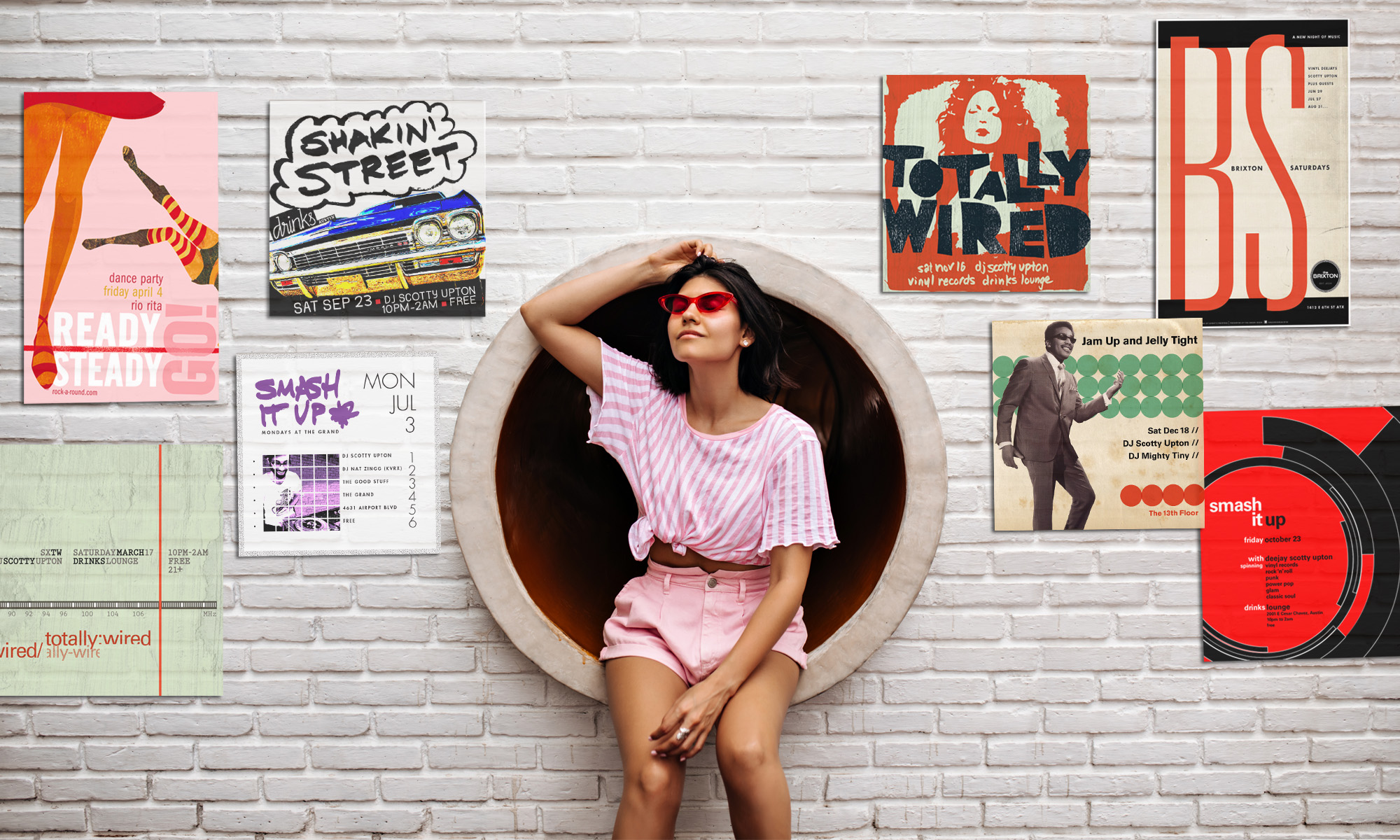 It took biochemists four years to develop the compostable bag for SunChips, distributed by US snack manufacturer Frito-Lay. And it took consumers a few short months to reject the invention, taking their gripe—that the bags are “too darn loud”—to the internet and that all-important sounding board, Facebook. The packaging is a marvel of molecular technology, made entirely from plant material. Despite its brittle texture the bag is remarkably strong. After the launch, I tested the packaging myself while dining at a local sandwich shop. True, the bag does crackle, not unlike the sound of glass breaking. But to remove it from the market because the bag doesn’t “make the right sound” seems a knee jerk reaction to fussy consumer focus groups and grumblers. However, the Wall Street Journal reports that sales of SunChips declined every month since the introduction of the new bags. American capitalists demand a quiet, yet compostable, snack bag.
It took biochemists four years to develop the compostable bag for SunChips, distributed by US snack manufacturer Frito-Lay. And it took consumers a few short months to reject the invention, taking their gripe—that the bags are “too darn loud”—to the internet and that all-important sounding board, Facebook. The packaging is a marvel of molecular technology, made entirely from plant material. Despite its brittle texture the bag is remarkably strong. After the launch, I tested the packaging myself while dining at a local sandwich shop. True, the bag does crackle, not unlike the sound of glass breaking. But to remove it from the market because the bag doesn’t “make the right sound” seems a knee jerk reaction to fussy consumer focus groups and grumblers. However, the Wall Street Journal reports that sales of SunChips declined every month since the introduction of the new bags. American capitalists demand a quiet, yet compostable, snack bag.
One would hope given half a chance, snackers would become accustomed to its sound and feel, and who knows, perhaps other chips would follow suit. How many plastic chip bags clog up the nation’s landfills each year? I do not have those numbers handy, but I’d guess in the millions, and at 100 years per bag to degrade, that’s a lot of waste.
My solution is groundbreaking: empty the chips from the bag into a bowl, plate, or napkin, and discard the bag… (And concessionaires should avoid selling SunChips at concert venues or movie theaters!)


